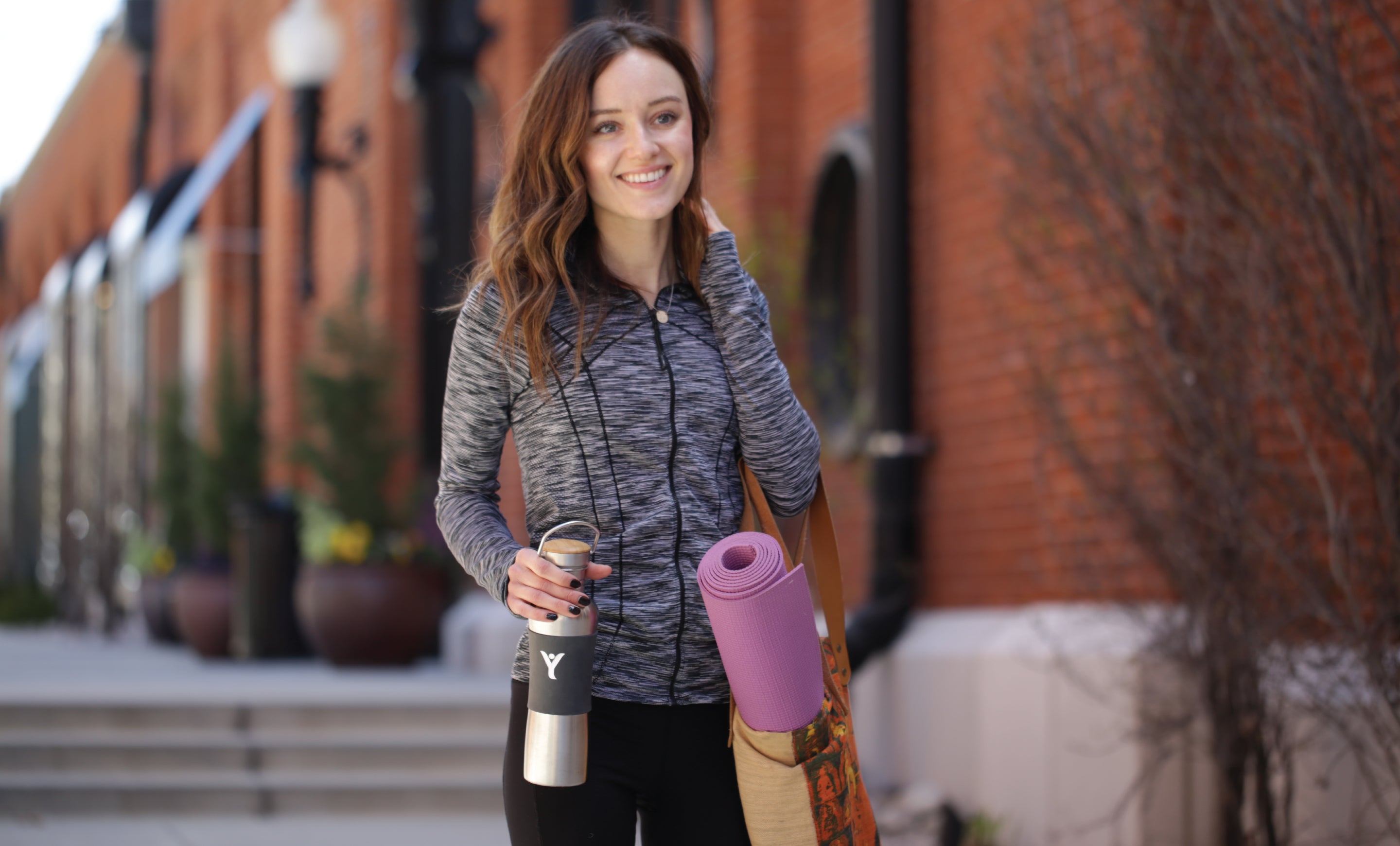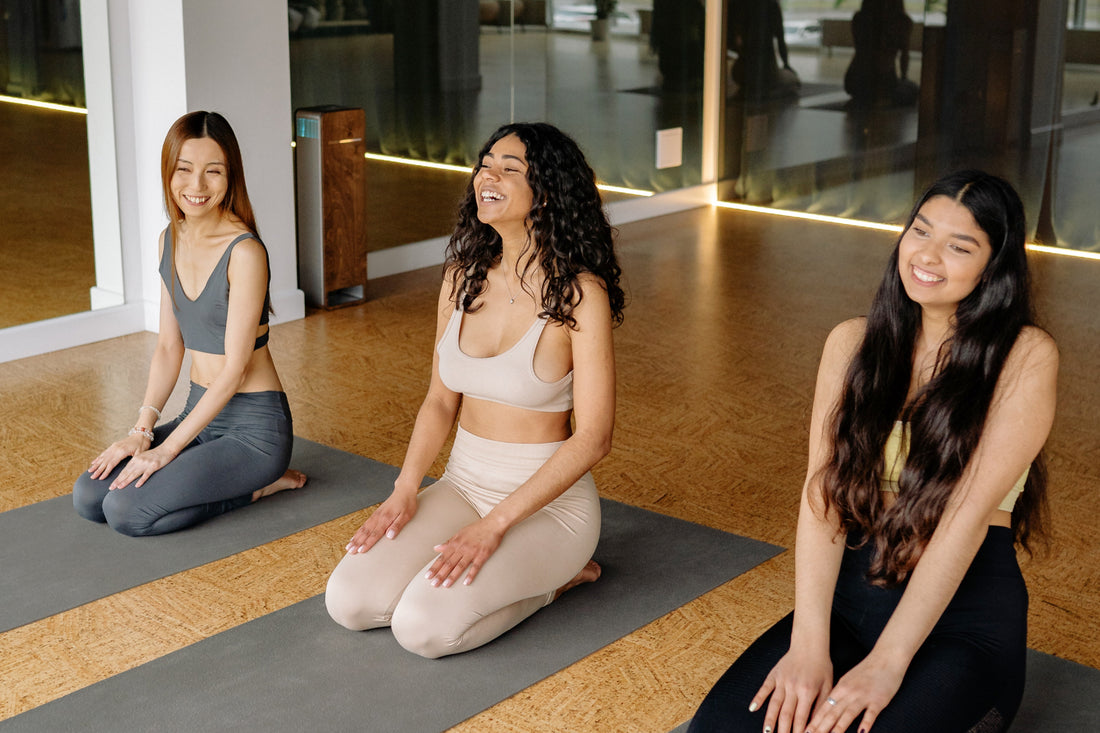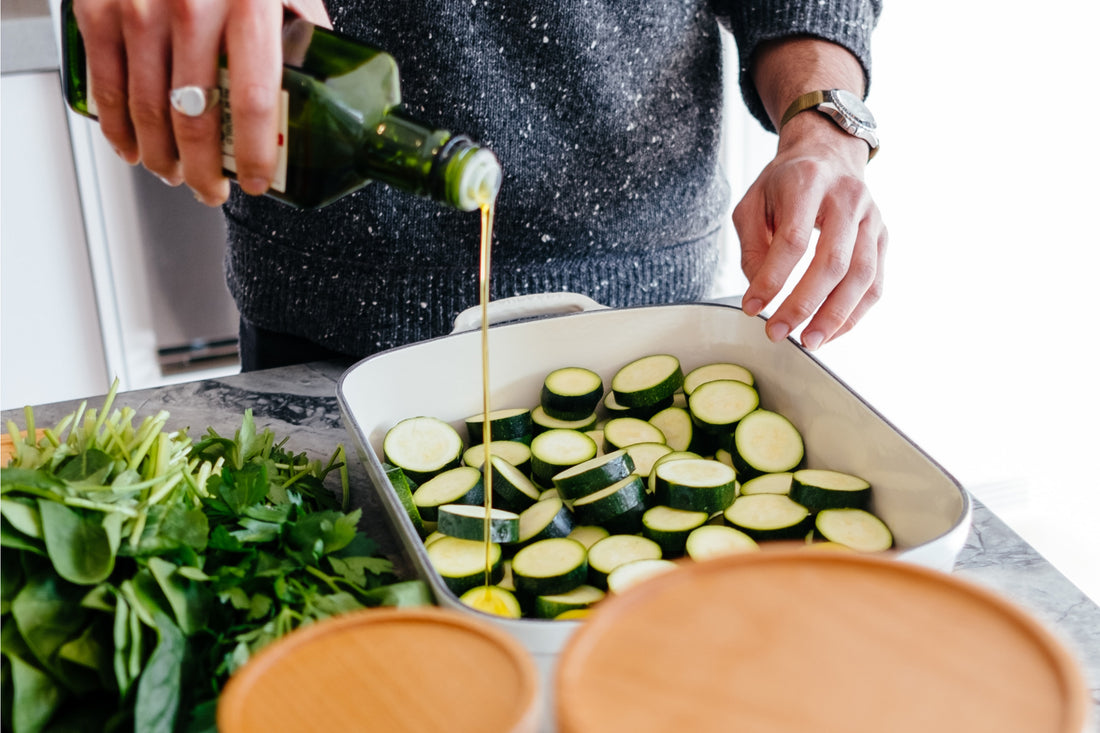Ayurveda is an ancient, holistic health system traditional to India. It teaches that good health is rooted in balance: including the balance within the body, of the five elements:
- Akasha - Ether, or Space
- Vayu - Air, or Wind
- Agni - Fire
- Jal - Water
- Prithvi - Earth
At DYLN Inspired, we spend a lot of time thinking about the wonders of water. So what does the water element in Ayurveda bring to the balance of your physical and mental health—and how can you use yoga to connect with this free-flowing power?
The Water Element
In Ayurveda, water flows and moves to carry energy where it’s needed. It’s a cohesive element; it moistens, soothes, reduces inflammation and softens ailments. It promotes connection and balances the destructive nature of the wind and fire elements.
Emotionally, when our water element is healthy and in balance with the other elements, it allows us to feel connected with ourselves, with other people, and with our environment. It brings a sense of calm to our lives; we feel able to express ourselves without stress, and criticism can easily wash over us.
Physically, this element is said to be connected with the hips. When the water in the body is off balance, the hips might feel tight or uncomfortable, and eventually become weak.
Balancing Jal With Yoga
It goes without saying that drinking clean, fresh water is vital for keeping this element topped up and allowing it to carry energy easily through the body. You know that lovely, fresh, energized feeling you get from a much-needed drink of water? From an Ayurvedic perspective, that’s Jal at work.
You can also use yoga postures to invite balance to the elements and connect with your flow. Try these two postures. All you need is some comfy clothes, a yoga mat, and a free ten minutes! Before you start, take five minutes to warm up with some sun salutations.
Eka-Pada Rajakapotasana: Pigeon Pose

As an unbalanced Jal element can cause tightness in the hips, this pose is perfect for getting deep into that area and releasing any blockages. Take your time with this one. It can feel very intense to start with, so move into it gradually. Breathe slowly. Start with five breaths on each side, and if that feels comfortable, build up to ten or fifteen breaths.
To enter the posture, start in downward facing dog and then bring your right knee to your right wrist, and come all the way down onto the ground.
Keep the right foot flexed so the knee can’t rotate too much. Your right heel is by your left hip point; and if this feels really comfortable, you can take support of your hands to move your body back until the right shin is parallel with the front of the mat (this makes the hip stretch more intense).
If you’re not yet able to do this comfortably, you can put a yoga block underneath the right side of the pelvis for support.
When you’re ready, walk the hands out in front of you until you feel a good stretch—but if you feel pain, back off and stay higher up on the hands. There’s no rush.
Mandukasana: Frog Pose
This is another strong hip stretch to get into the muscles and feel the release of tension from this area.
Start on all fours, and then bring your elbows down to the mat so that you’re on your forearms. Then, keeping the knees in line with the hips, start to take the knees out to the sides very slowly.
Again, take your time. Feel your way into the posture until you reach that sweet spot where you’re feeling a stretch. If it hurts, bring it in a little.
Take five to ten breaths here, and then gently shuffle the knees back together and drop into child’s pose to rest for a few breaths.
When you’re ready, sit up and take the time to drink some cool water slowly and mindfully. Imagine the water traveling right to the hips. Enjoy the energy that it brings to your body!






